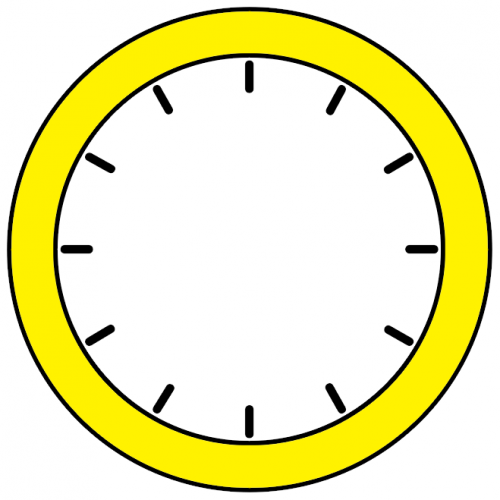If you work systematically you can be sure you won't leave out any possibilities and it's a valuable skill for tackling many problems. Have a go at these ...

problem
A mixed-up clock
There is a clock-face where the numbers have become all mixed up. Can you find out where all the numbers have got to from these ten statements?
problem
Sealed solution
Ten cards are put into five envelopes so that there are two cards in each envelope. The sum of the numbers inside it is written on each envelope. What numbers could be inside the envelopes?
